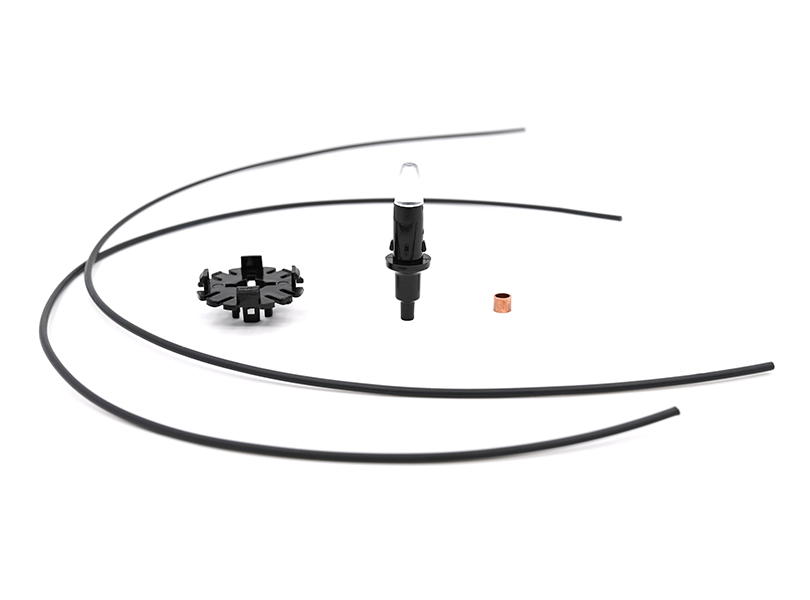The arc sensor can cover a much larger range than its end. Since there are no active or live parts, the sensor is easy to install and does not cause any malfunction, and does not require any maintenance. A lenticular arc sensor is recommended when installing an arc protection system. The illuminance setting of the arc protection system is adjusted on the unit. The illuminance is related to the arc sensor and the length of the fiber. The illuminance setting can be set between 10 – 50KLux. The passive arc sensor specially used for arc protection is installed on the bus line side of the switchgear, and is a light sensing element for detecting arc light. When an arc fault occurs, the illuminance is greatly increased, and the arc sensor directly transmits the optical signal to the main control unit or the arc unit.




Arc Sensor Installation
The arc sensor should be installed in a reasonable position to ensure that the monitored equipment (such as the busbar) is within the speculated range of the sensor. After determining the installation position, open a 2.5cm hole in the installation position, insert the arc sensor base into the hole, and then snap the sensor into the base to complete the installation.

Lens Type Arc Sensor Monitoring Range
The arc sensor is a light sensitive element that acts when an arc light is detected. The arc sensor is mounted in the chamber of the switchgear cabinet so that the light-sensitive part covers the protected area as completely as possible. Due to the principle of fiber optic sensor, it can still measure and protect reliably under high voltage and high current electromagnetic environment. The lenticular arc sensor monitors angles greater than 300 degrees and has a very small dead angle. Each arc of the switchgear can be viewed in an arc sensor cabinet.

WeChat Account
Lin Zhou
Mobile: +86 137-3227-9578
Justin Xu
Mobile: +61 405-584-682
Office: U10/4-6 Edith Street, Mordialloc, VIC 3195 Australia








